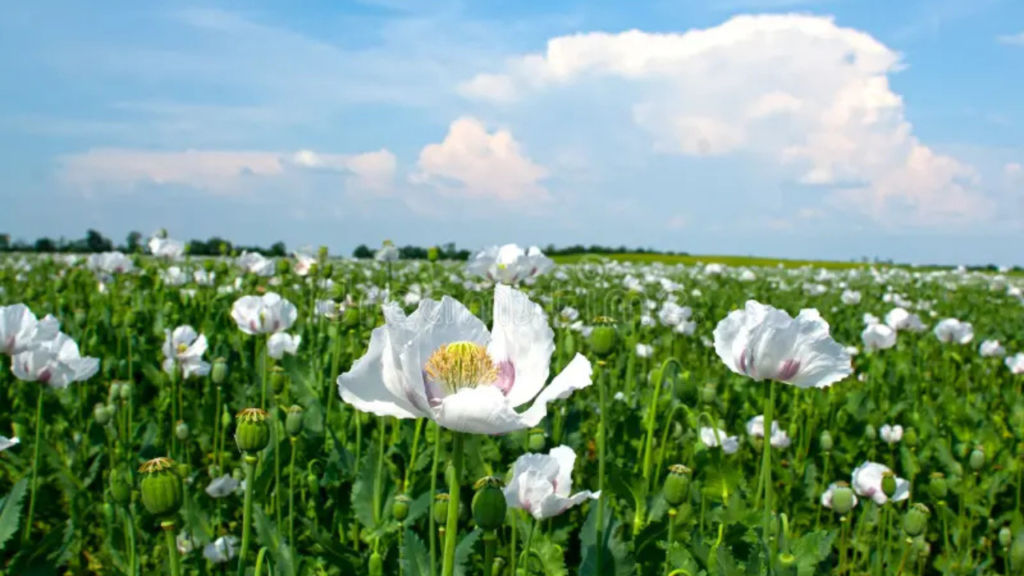Hungarian Flowers: Nature’s Colorful Gems in the Heart of Europe

Hungarian flowers, located in the heart of Europe, is renowned for its rich history and culture and its diverse and beautiful flora. With its varied landscapes, ranging from the lush forests of the north to the stunning plains of the Great Hungarian Hungarian flowers, Hungary is home to an array of colourful and unique flowers. These flowers are a significant part of Hungary’s natural beauty and play a key role in the country’s traditions, agriculture, and ecological balance.
In this article, we’ll explore the fascinating world of Hungarian flowers, highlighting their diversity, significance, and cultural importance. Hungary offers abundant flora that showcases the country’s deep connection with nature, from wildflowers to cultivated beauties.
The Unique Flora of Hungary
Hungary’s climate, situated at the crossroads of Central and Eastern Europe, is characterized by continental and Mediterranean influences. This unique climate allows a wide range of plant species to thrive, making Hungary an excellent location for diverse floral landscapes. The country boasts over 2,000 plant species, many native to the region, while others are cultivated for their beauty, fragrance, and usefulness.
Wildflowers in Hungary
Hungary’s wildflowers are a testament to its ecological richness. These native plants bloom across the country, adorning meadows, forests, and urban areas. Wildflowers are essential to the Hungarian landscape, contributing to biodiversity and providing food for pollinators such as bees and butterflies.
Some of the most iconic wildflowers in Hungary include:
- Hungarian Iris (Iris variegata): Known for its vibrant blue and purple petals, it symbolizes the country’s flora. It is often found in the steppes and grasslands of Hungary.
- Poppy (Papaver rhoeas): The red poppy is a well-known symbol of Hungary, often associated with remembrance and national identity. The sight of fields of poppies in full bloom is a beautiful representation of Hungary’s natural landscape.
- Snowdrop (Galanthus nivalis): Snowdrops bloom in early spring, often breaking through the snow to signal the start of warmer months. Their delicate white flowers are cherished for their beauty and resilience.
- Gentian (Gentiana spp.): In Hungary’s higher altitudes, Gentians are famous for their striking blue flowers. These flowers are an essential part of the Hungarian mountain flora.
Cultivated Flowers in Hungary

While wildflowers dominate the Hungarian countryside, cultivated flowers also hold a special place in Hungarian gardens and agriculture. Many Hungarian gardens showcase a variety of flowers that are both decorative and functional. The most commonly cultivated flowers include:
- Tulips (Tulipa spp.): Hungary has a long history with tulips, which are widely grown in gardens nationwide. These colourful flowers come in various shades and are often associated with springtime celebrations.
- Roses (Rosa spp.): Roses are another favourite in Hungarian gardens. Known for their elegance and fragrance, roses are often used in ornamental gardens and are a popular gift during national holidays and celebrations.
- Sunflowers (Helianthus annuus): Known for their bright yellow petals and large heads, sunflowers are common in Hungarian fields, especially during the summer months. They symbolize vitality and energy and are often grown for aesthetic and commercial purposes.
- Lavender (Lavandula spp.): Lavender fields in Hungary add a stunning splash of purple to the landscape and are essential for Hungary’s growing lavender industry. The flowers are used in perfumes, oils, and other products, making them a necessary agricultural export.
The Cultural and Economic Importance of Hungarian Flowers
Flowers in Hungary are much more than just natural beauty; they are deeply ingrained in the country’s culture and economy. Historically, flowers have played a vital role in Hungarian traditions, celebrations, and medicinal practices.
National Symbolism
The red poppy has become a national symbol in Hungary mainly because of its historical significance. During World War I, the poppy symbolized remembrance; to this day, it is often used in memorials and ceremonies. The flower is a reminder of the sacrifices made by Hungarians during wartime.
In addition to the poppy, the Hungarian Iris symbolizes Hungary, representing the country’s natural beauty. The iris is often depicted in Hungarian artwork and folklore, making it a key element in the country’s cultural heritage.
Economic Contribution
Hungarian flowers, particularly those grown commercially, contribute significantly to the country’s economy. Flowers such as roses, tulips, and sunflowers are grown for domestic use and export. The Hungarian flower industry supports many farmers and florists, contributing to the local economy and creating jobs in urban and rural areas.
In addition to ornamental flowers, Hungary has a thriving agricultural sector that includes the cultivation of medicinal and aromatic plants. Lavender, for instance, is grown in large quantities for its essential oils, which are used in perfumes, cosmetics, and herbal remedies.
Ecological Role
The rich diversity of Hungarian flowers also plays a crucial role in maintaining ecological balance. Wildflowers provide essential habitats for pollinators like bees, butterflies, and birds, which are vital to the health of ecosystems. These plants also help prevent soil erosion and contribute to the sustainability of Hungary’s agricultural practices.
Flower Festivals and Celebrations in Hungary
Hungary is home to various flower festivals celebrating the beauty and significance of its floral heritage. These festivals attract thousands of visitors annually and showcase flowers’ importance in Hungarian culture.
- Budapest Flower Carnival: Held annually in the capital city, the Budapest Flower Carnival is a grand celebration of flowers featuring stunning flower arrangements, parades, and exhibitions. The event is a highlight of the summer and draws tourists worldwide.
- Kecskemét Flower Festival: Known for its impressive floral displays, this festival takes place in Kecskemét, one of Hungary’s cultural hubs. It celebrates Hungary’s floral diversity and features art, music, and workshops related to flowers.
Hungarian Flowers in the Global Context
Hungarian flowers are appreciated locally and have gained international recognition. Hungary’s commitment to preserving its natural flora while cultivating flowers for export has allowed it to be admired and cherished worldwide. The unique species native to Hungary and the country’s rich floral culture have made Hungarian flowers a notable part of global horticulture.
5 FAQs About Hungarian Flowers
1. What are some of the most popular wildflowers in Hungary?
Some of the most popular wildflowers in Hungary include the Hungarian Iris, Poppy, Snowdrop, and Gentian. These flowers are widely found across Hungary’s meadows, forests, and mountains.
2. Why is the red poppy important in Hungarian culture?
The red poppy is a national symbol in Hungary, primarily associated with remembrance of soldiers who fought during World War I. It is often used in memorials and national celebrations.
3. What are some of the most commonly cultivated flowers in Hungary?
Tulips, roses, sunflowers, and lavender are commonly grown in Hungary for ornamental purposes and commercial production, contributing to the country’s economy.
4. How do Hungarian flowers contribute to the country’s economy?
Hungarian flowers, particularly ornamental ones like tulips and roses, are important agricultural exports. Additionally, flowers like lavender are cultivated for their essential oils, which are used in cosmetics and perfumes.
5. What are some notable flower festivals in Hungary?
Notable flower festivals in Hungary include the Budapest Flower Carnival and the Kecskemét Flower Festival. These events celebrate Hungary’s rich floral heritage with flower arrangements, parades, and exhibitions.
You May Also Read: https://usabestweekly.com/ezay/




